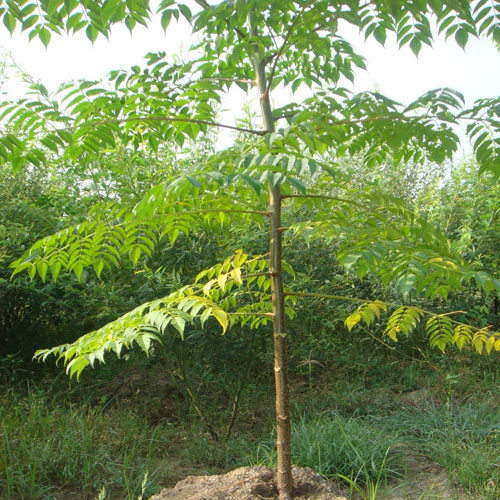Bakain Plants
Bakain, also known as Mimusops elengi or Mimusops laurifolia, is a tropical and subtropical tree known for its evergreen foliage, fragrant flowers, and edible fruit. It is commonly found in parts of India, Southeast Asia, and tropical Africa.
Appearance
- Size and Structure: Bakain is a medium to large evergreen tree that can grow up to 15-25 meters (49-82 feet) tall. It has a dense, rounded canopy and a relatively straight trunk.
- Leaves: The leaves are glossy, dark green, and leathery, with an elliptical shape. They are arranged alternately along the branches and have a smooth edge.
- Flowers: The tree produces small, fragrant flowers that are usually white or cream-colored. The flowers are grouped in clusters and have a pleasant, sweet fragrance. They bloom in the spring and summer.
- Fruit: Bakain bears small, round fruits that are initially green and turn orange or yellow when ripe. The fruit is edible and has a sweet flavor. It contains a single seed.
Habitat
- Native Range: Bakain is native to tropical and subtropical regions of India, Southeast Asia, and parts of Africa. It thrives in tropical and subtropical climates.
- Growing Conditions: The tree prefers well-drained soil and full sun but can tolerate partial shade. It is adaptable to a range of soil types, including sandy, loamy, and clayey soils. Bakain is relatively drought-tolerant once established.
Ecological Benefits
- Wildlife Habitat: The Bakain tree provides habitat and food for various wildlife, including birds, insects, and small mammals. The fruit is eaten by several bird species.
- Pollinator Attraction: The fragrant flowers attract pollinators such as bees and butterflies, contributing to the biodiversity of the ecosystem.
Uses
- Medicinal Uses: Various parts of the Bakain tree, including the leaves, bark, and fruit, are used in traditional medicine. It is believed to have anti-inflammatory, antiseptic, and digestive properties. The tree is used to treat conditions such as skin infections, digestive disorders, and respiratory issues.
- Culinary Uses: The fruit is edible and is sometimes used in traditional dishes and desserts. It is sweet and can be eaten fresh or used in jams and preserves.
- Ornamental: Bakain is valued for its evergreen foliage, fragrant flowers, and attractive fruit. It is often planted as an ornamental tree in gardens, parks, and public spaces. Its dense canopy provides good shade and makes it suitable for landscaping.
- Timber: The wood of the Bakain tree is hard and durable, and it is used for making furniture, tools, and construction materials.
Care and Maintenance
- Watering: Bakain requires regular watering during its initial growth phase but is relatively drought-tolerant once established. Consistent moisture is ideal for optimal growth.
- Pruning: Pruning is done to maintain the shape and size of the tree and to remove any dead or damaged branches. It also helps encourage more blooms and fruit production.
- Fertilization: A balanced fertilizer can be applied during the growing season to support healthy growth and fruit production. The tree is generally low-maintenance but benefits from occasional feeding.
Cultural Significance
- Traditional Beliefs: In some cultures, Bakain is considered sacred and is associated with various traditional practices and rituals. It is often planted near homes and temples for its medicinal and aesthetic qualities.
If you have any more questions about Bakain or need additional information, feel free to ask!


